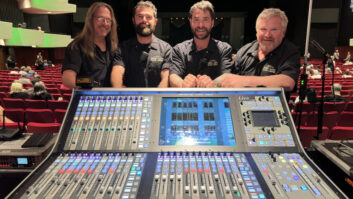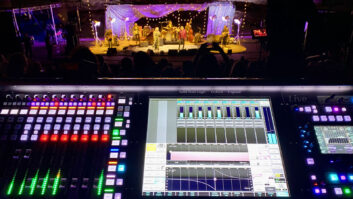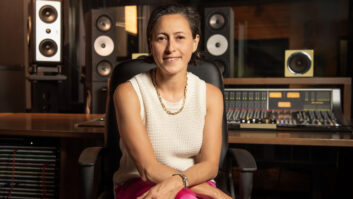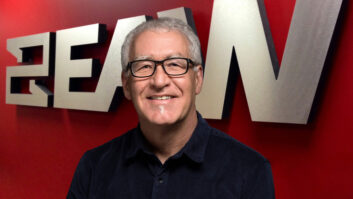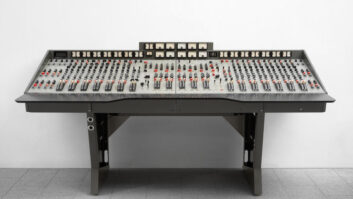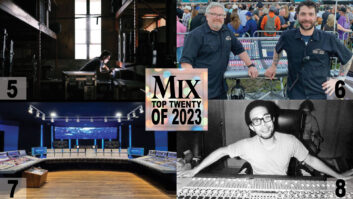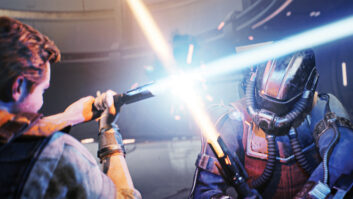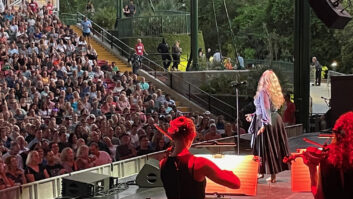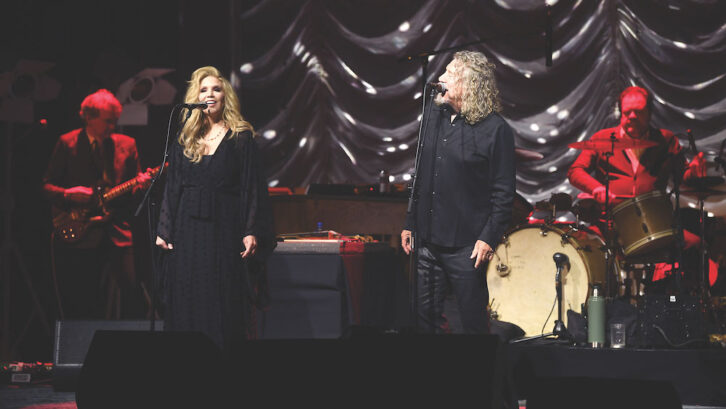
New York, NY (August 16, 2023)—On paper, it’s a pairing that might not immediately make sense—the legendary voice at the center of Led Zeppelin’s bombast, teamed up with a respected bluegrass songstress with 27 Grammy Awards to her credit. However, put Robert Plant and Alison Krauss behind some microphones together and bring them to the crossroads where their respective genres meet—Americana—and it all falls into place. Exploring both the rapturous heights and weary depths of living, the duo released 2007’s lauded Raising Sand—a well-curated collection that went platinum and garnered five Grammy Awards—and then reteamed 14 years later for its follow-up, 2021’s Raise the Roof. While their voices entwined are magical on record, the 11-week, early summer Plant/Krauss tour proved that it was no studio trick, as the performers enchanted audiences nightly.
Perhaps it wasn’t too surprising; after all, their original Raising Sand trek took home a 2009 TEC Award for outstanding creative achievement, but then again, that only served to raise something else: expectations. That said, DCR Nashville provided all audio gear for the production, and in its president Paul Owen’s estimation, the new tour’s artistic success was all but inevitable: “I’ve worked with Robert Plant for close to 20 years now on all his projects, watching this man orchestrate his iconic craft, and when you include Alison Krauss as well? The chemistry obviously works! This collaboration between them is a real pleasure to watch; the live performance is something everyone should experience.”
Adding to that experience was a stellar cast of sidemen that included guitarist JD McPherson, drummer Jay Bellerose, upright bassist Dennis Crouch, and a pair of intrepid multi-instrumentalists—Stuart Duncan on vocals, banjo, fiddle and mandolin, and Viktor Krauss (the singer’s brother) tackling bass, guitar and keys. As the ensemble toured amphitheaters, arenas and festivals, along for the journey were FOH engineer Mark Kennedy and Chris “Coz” Costello, who were likewise on-hand for the initial American and European legs of the Raise the Roof tour last year.
If the duo’s songs are often about uncertainty, then perhaps it was only appropriate that the production team sometimes dealt with its own measure of wondering what the day would bring, be it the weather, the PA or something else.
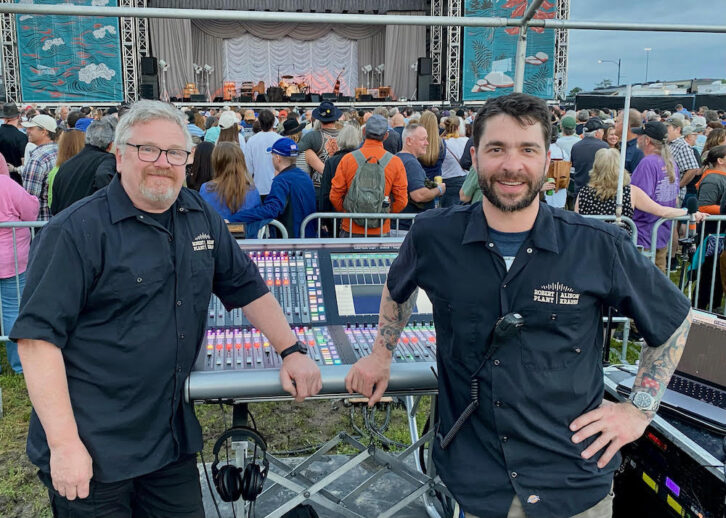
“Working indoors today is an awful lot easier than doing some of the amphitheaters,” said Kennedy, speaking inside the 7,700-capacity Harrah’s Cherokee Center in Asheville, NC. “We just did three shows with Willie Nelson’s Outlaw Music Festival tour, and they were hot! They were difficult enough, but we got there—everything was fine. You just deal with whatever comes across your desk; that’s the way it is.”
Kennedy is well-versed in dealing with the challenges of touring, as the Irishman has handled FOH duties for a wide range of artists since the mid-1970s, whether tackling the mix for Van Morrison, Clannad and Chris Rea over the years, or bolstering beats under the likes of UK grime star Tinie Tempah, drum and bass act Pendulum or its EDM spinoff, Knife Party. Since 2017, he’s mixed virtually all of Plant’s live work, whether solo, with The Sensational Space Shifters or with Saving Grace, which will tour southern Europe in late summer. “We’ll be in real amphitheaters—the Greek and Roman ones,” he cracked.
For the Plant/Krauss tour, however, Kennedy brought supple sounds from the stage to the seats nightly through a Solid State Logic L550 digital mixing console. “It’s a fantastic board; it just sounds amazing,” he shared. “I used to mix an English EDM band called Faithless, which was massive in Europe, and I started using the SSL with them in 2015. I’ve been on and off it since then; obviously, you can only take it out on a tour that can afford it, but if you can, it’s well worth the effort.”
With much of the show’s atmospherics already baked into the songs and performances, Kennedy eschewed external plug-ins, instead leaning almost entirely on the desk’s processing. “Because it’s an SSL, the board already sounds fantastic; running plug-ins not going to make it better,” he said. “The compressors, gates, dynamics and reverbs on-board are all very good as they are, so it’s not going to help me more; it’s just gonna be more things to go wrong. The only outboard I carry is an old tc electronic D-Two delay, which I use on Robert for his big vocal moments; that goes back years. Otherwise, everything else is on board.”
With so much interplay between the performers, Kennedy found himself incessantly riding the faders. While he joked, “Oh, we’ve got 55 channels of playback,” in truth, he spent his nights reacting in real-time to the extremely live music coming off the stage: “They can come in lighter, they can come in heavier; you don’t know what’s going to happen. It depends on their mood and the room, so you end up jumping around out here. There isn’t a moment that you’re not absolutely on top of the whole mix—it’s constant, constant, constant.”
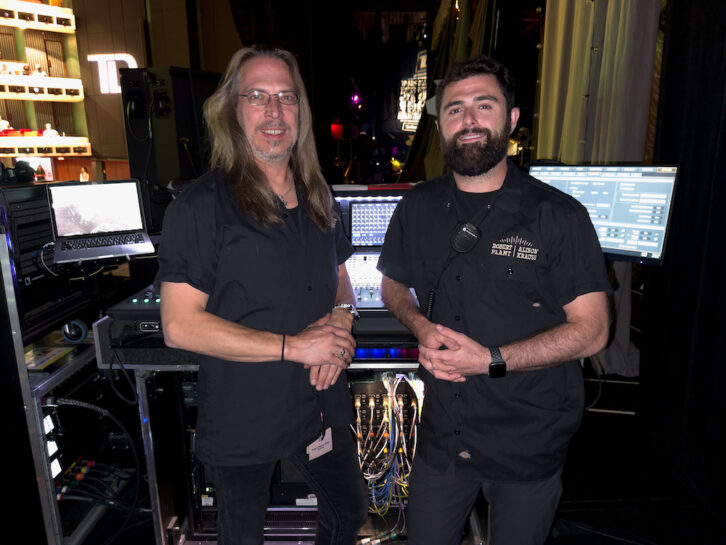
As a result, Kennedy worked in tandem with system tech Dan Currie, who kept an eye on the PA of the day. “We view it very much as being a two-man effort—you couldn’t mix this on your own,” said Kennedy. “Dan is a fantastic system tech, so I stay on the mix and he has his wireless laptop remote for the Lakes; he walks the room and if it’s too much 3K down in the front, for instance, he sorts it out.”
Using locally sourced PAs every day, the shows were heard through everything from current-day d&b audiotechnik GSL hangs to gently aging systems that were cutting-edge a quarter century ago, but regardless of the rig, Kennedy and Currie were focused on ensuring that the crowd got a consistent experience. “This is what the job is, isn’t it?” said Kennedy. “If everything was perfect all the time, it’d be easy and anyone could do it. How you deal with the issues is the most important thing of all. When I was working for Brit Row in England, I used to always say that I don’t know everything there is to know about sound—but I have the phone number of the man who does.”
